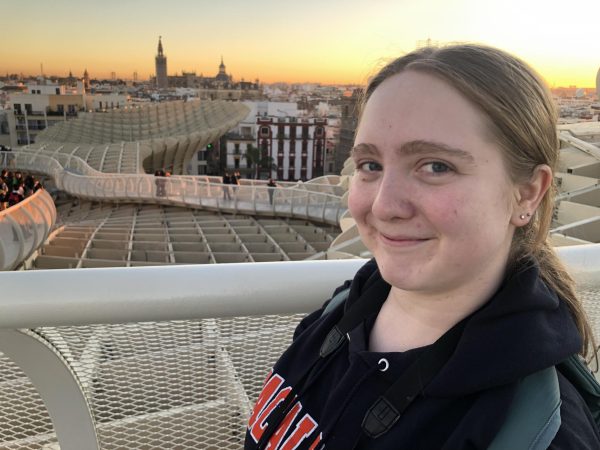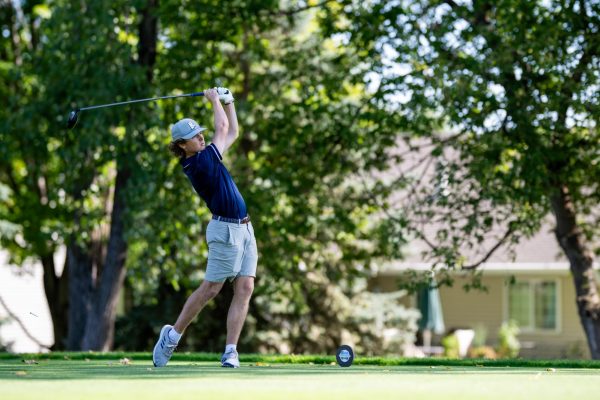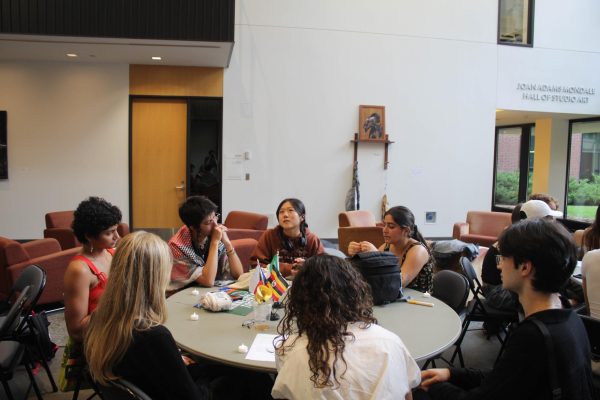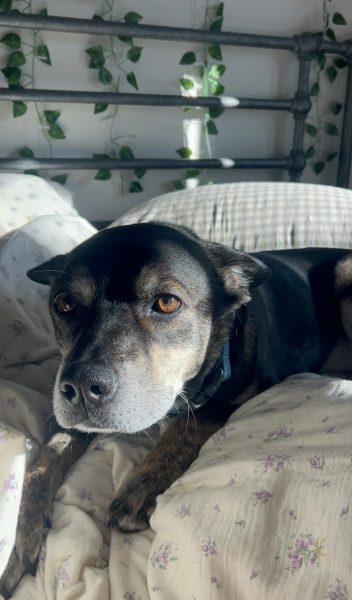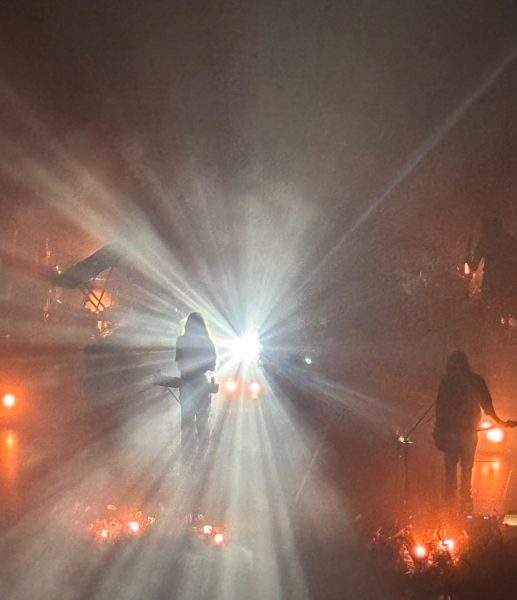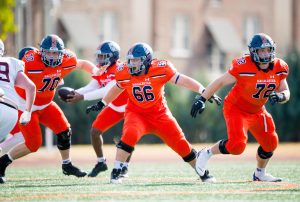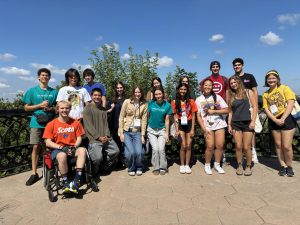EnviroThursday discusses future of George Floyd Square

October 13, 2022
Community was at the core of Thursday, Oct. 6’s EnviroThursday presentation given by Minneapolis’ Environmental Urban Planner Alexander Kado, who is helping to design the new plans for George Floyd Square in south Minneapolis. Given the nature of the project, Kado is striving to have as much community engagement as possible.
In his talk entitled “38th & Chicago, Re-envisioned: Determining the future design of George Floyd Square,” Kado spoke on the importance of social engagement, and what it can look like when government and community come together. He walked students through his project step-by-step to show the work being done.
“Typically when you do [community] engagement, you get more affluent middle class members of the community, typically a whiter demographic,” Kado said. “So with this work we’re talking about how do you engage the [impacted community], especially the Black community, the local community in the area.”
Kado’s understanding of the Twin Cities community comes from growing up in St. Paul and spending time in south Minneapolis regularly. His love for urban planning originated after college. Urban planning also allows him to incorporate his love of biking with support for the community. He has worked to incorporate bike lanes onto city streets and engage with community members to ensure their voices are heard through his governmental position.
“I’ve always approached my work through a transportation lens: how do people move through spaces and use spaces?” Kado said.
Going into the event, students were eager to learn about a project that is important to the local community. Jesse Terry ’25 shared that he came to EnviroThursday to learn more about the project because of its local significance.
“I’m always interested in EnviroThursday things and this especially is a really local issue that pertains to our lives here in the Twin Cities,” Terry said. “Honestly, I don’t really know anything about this project right now, but I get […] to see how a community can transform a really harmful event into something positive.”
Abby Layne ’26 echoed Terry’s sentiments, expressing that she was grateful for the chance to engage in local issues through presentations such as EnviroThursday.
“I want to know what’s going on in the community, in particular with the city design of the George Floyd Square,” Layne said. “I just want to learn more and take advantage of the opportunities that Macalester is offering to engage in these issues.”
Kado opened his presentation by walking students through the events that shaped the Square following the murder of George Floyd in May of 2020. He shared images of the protests following Floyd’s death, the burning of Minneapolis’ 3rd precinct and the trial of former police officer Derek Chauvin.
This set the stage for the discussion of his project. Throughout the talk, he continued to ask the question, “How do you reach a redesign for this space that reflects the community’s needs?”
The project includes a variety of themes including the conceptual design, justice and healing, balancing the needs of infrastructure and a cultural space for the local community.
Kado laid out two sets of goals that are guiding the project: design and engagement.
The design goals reflect the city’s vision for the Square. These goals include a redesign that reflects community needs, identifying space for the community and exploring pedestrian and transit-friendly options. Additionally, Kado’s project aims to incorporate more trees and native plants into the area while still maintaining residential and business access.
The other side of the project goals emphasize community engagement. Throughout the project, the hope is to work towards goals such as support for racial healing, to honor BIPOC voices and to create the space in conjunction with the community.
Community engagement can be hard to navigate in places such as George Floyd Square, as discussed by Kado.
“You got to meet people where they’re at,” Kado said. “You got to be willing to be flexible to the time that they have available, to listen to them, to amplify their voice.”
This engagement is being achieved through processes like open houses, focus groups and roundtable discussions, as well as a community co-creation team that will have the opportunity to choose their preferred design from multiple options once the plans are completed, which will likely be summer 2023.
After his presentation, Kado answered questions from the audience ranging from ways to increase diversity in his field to how long construction might take. He also told the audience that the Square can’t simply just be given back to the community because the city needs to maintain the infrastructure of the Square.
Reflecting on the talk, attendee Meira Smit ’25 mentioned how it was interesting to look at a local issue while also thinking about community interests.
“I thought it was cool that it’s pretty local,” Smit said. “It seems pretty complicated and hard to navigate all the different community interests and … to navigate all those different components.”
After the presentation, Kado shared what community means to him and its importance in a project that is emotionally connected to the people around it.
“I want to engage with people that have lived and worked in that area for a long time, and want to stay there and want the community to be better,” Kado said. “I can engage with folks that typically are not engaged in our process, regardless of race or color, creed.”

